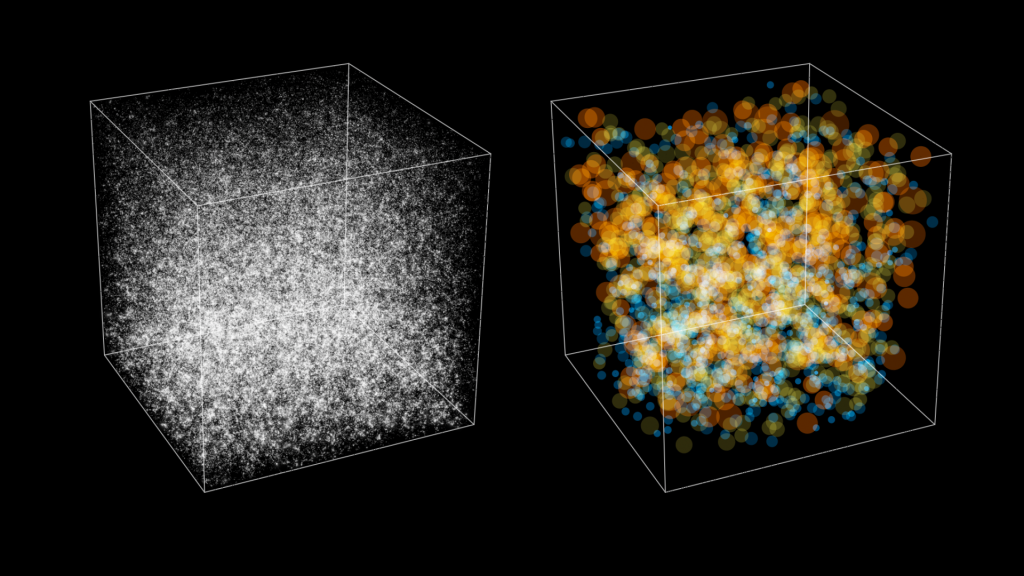Spotlite Design Challenge: Mosquito Detectives




Developed in Collaboration with NASA Earth Science Education Collaborative.
Follow these steps to think and act like scientists as you dig through data and experiment to support a claim that confronts a misconception.
- Select one of the MISCONCEPTIONS and its related CLAIM to investigate.
- Do your own RESEARCH by conducting investigations to gather data and collect evidence to support your claim.
- Review the Criteria for the Spotlite video.
- Create the Spotlite video.
Identify the problem: As NASA Mosquito Detectives, you are challenged to gather and share evidence to confront misconceptions about Mosquito Habitats. A mosquito habitat is a place with still water where mosquitoes can lay eggs which hatch into larvae and eventually mature into pupae before emerging as adults.
This can be places like old tires left in the yard or blocked rain gutters on houses. It may be something as small as a discarded soda pop bottle cap.
MISCONCEPTION 1: Mosquitoes only breed in large, dirty water sources like swamps or ponds.
CLAIM: Mosquitoes can breed in any place water collects.
Demonstration and Experimentation Ideas
Mosquito Breeding Habitat Scavenger Hunt
Go on the hunt for objects on the Mosquito Breeding Habitat Scavenger Hunt. As you walk around your site, you will learn about mosquitos and the habitats they need for breeding. Share your findings, see if your predictions are correct, and describe why these objects/areas are mosquito breeding habitats.
- Mosquito Breeding Habitat Scavenger Hunt activity guide
- Activity sheet (Included in the activity guide. Laminate these and use dry erase markers if desired.)
- Observation Journals
- Clipboards
- Pencils
- Hand lenses
Mosquito Habitat Survey
Mosquitoes lay their eggs in or around water. Anything that collects water could become a mosquito habitat: a place in which eggs, larvae, and pupae can live and grow.
- Conducting a Mosquito Habitat Survey activity guide
- Clipboards
- Pencils
- Hand lenses
Mosquito Habitat Mapper
Report mosquito habitats observed using the GLOBE Observer app.
- Device with GLOBE Observer app installed
- GLOBE Mosquito Habitat Mapper - Getting Started [3:40] video
Building a Mosquito Larvae Trap
Container-breeding mosquitoes lay their eggs in standing water that collects in puddles, buckets, and even trash! Create a mosquito larvae trap to trick mosquitoes into laying their eggs in a container that the larvae can't escape.
Remember, this trap isn't for trapping adults. You should still protect yourself from bites by wearing long sleeves and applying effective insect repellent.
- Building a Mosquito Larvae Trap activity guide
- Build a Mosquito Trap [10:30] video
- Clear plastic bottle
- Netting
- Rubber band
- Tape
- Scissors or craft knife
- Dark paper or fabric
- Water
MISCONCEPTION 2: Mosquitoes only breed in the middle of the summer.
CLAIM: Mosquitos thrive in warm and humid weather.
Demonstration and Experimentation Ideas
Mosquito Habitat Mapper Data
All GLOBE data is freely available to download and use. One of the things that observers record are the type of habitats they find - evidence for a claim that mosquitoes can breed in many different water sources (habitats) and at different times of the year.
Learn more about how to retrieve GLOBE data by watching the videos on globe.gov.
Find and download GLOBE Mosquito Habitat Mapper data:
- Go to the GLOBE Advanced Data Access Tools
- Select Protocols > Hydrosphere > Mosquito Habitat Mapper
- Select Date Range
- Pick a date range, click Apply Filter, then select Download measurement data.
- Columns H and I include information about type of water source
- The file you download is a .csv which can be opened in Google Sheets, Numbers, or imported into an Excel file format.
Science Information Links
NASA cares about the safety of all learners!
Safety is important anytime you conduct a science investigation. Common sense guidelines should govern all work.
- Mosquito larva do not bite and do not spread disease. However, if you are looking for larva, there may be adult mosquitos around.
- Use an insect repellent (for example, one containing DEET or Picaridin).
- Cover up when outdoors: wear a long-sleeved shirt, long pants, and closed-toe shoes.
- Stay indoors if there is a mosquito-borne disease warning in effect in your area.
- For more guidelines on preventing mosquito bites, visit the Centers for Disease Control (CDC).
- Keep all workspaces neat and organized.
- Wear appropriate personal protective equipment, such as closed-toed shoes.
- Follow directions and ask for clarification.



























